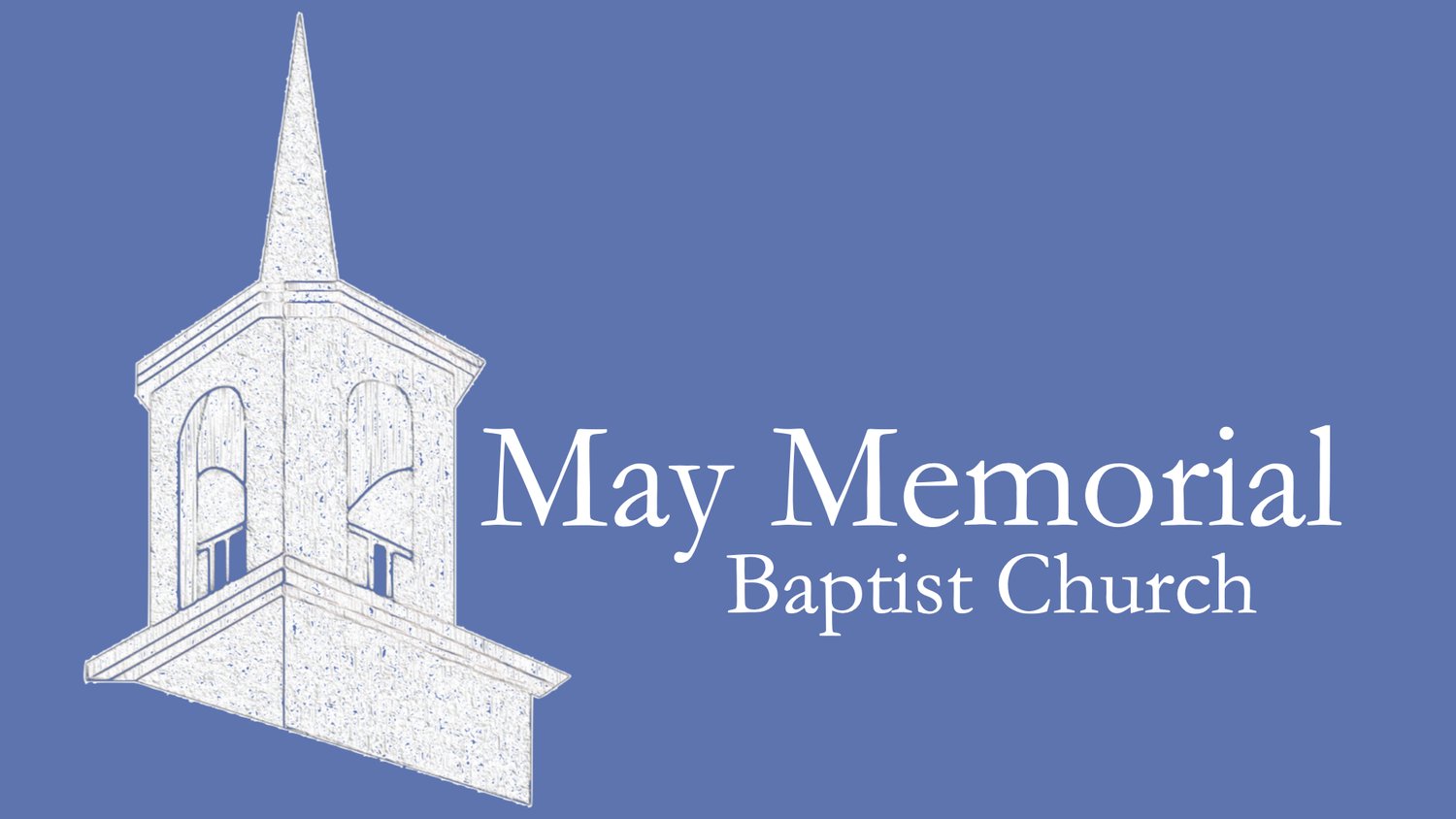History to Teach and a Story to Live
There are two stories told at Monticello. Beverley and I participated in this first-hand last summer when we took Laura and a friend for a day at Jefferson’s amazing home. The first story is told inside the house. For us it was told by a wonderful young woman, an undergraduate at William and Mary who was spending her summer giving the planned presentation to groups she guided through each room at Monticello. She told of Jefferson’s contribution to Religious Freedom, his service as American President, his intellectual power, his creative inventions, and his letter writing. It is an amazing story about an amazing man, and that tour reflects JFK’s statement when hosting the Western Hemisphere’s Nobel Prize winners at the White House: I think this is the most extraordinary collection of talent, of human knowledge, that has ever been gathered together at the White House, with the possible exception of when Thomas Jefferson dined alone.
The other story is told along Mulberry Row, the path lined by shops that kept Monticello operating. That story is about the enslaved human beings who spent their lives as property of another person. It is a story about Sally Hemmings, the enslaved woman who was Jefferson’s mistress, or as the Monticello website names her, his concubine. Whatever she is labeled, it is agreed that under no circumstances is the sexual relationship between a slave holder and an enslaved female ever truly consensual. It is a true story, and it is hard to hear. The woman who led this tour at Monticello was not a college student with a great summer job, but was a historian from UVA. Beverley and I were glad that Laura and Maggie were on the hillside playing during most of that presentation, because the violence and cruelty of that story is hard to hear.
Both stories are true, and to understand the history of Jefferson one has to hear both. You don’t understand those stories, especially the Mulberry Row story, by looking at the monument of Jefferson at the visitor’s center. It takes more than that. You must go up the hill and listen to the story to understand the history.
One of the amazing things about scripture is what the writers and editors didn’t leave out. There are some unsavory stories of sin and violence in the Bible, but they were left in. Stories of sexual violence and deceit and murder. Stories of marital unfaithfulness and bribery and abuse. But they are included. Because to understand the story, we need both sides.
As God’s people we are invited to hear and understand both sides of the story. At Monticello, and in scripture. Because in hearing the whole story we are called to live into the story of what God is doing in the world. There is a long, over-arching story where we discover God at work redeeming all things to Himself, and we are called to join with God in the work of that story. We know how it ends, with humankind being freed and redeemed and adopted into God’s family. When all things shall be made new. And that is the story that we are called to understand, but most importantly, to live into.
